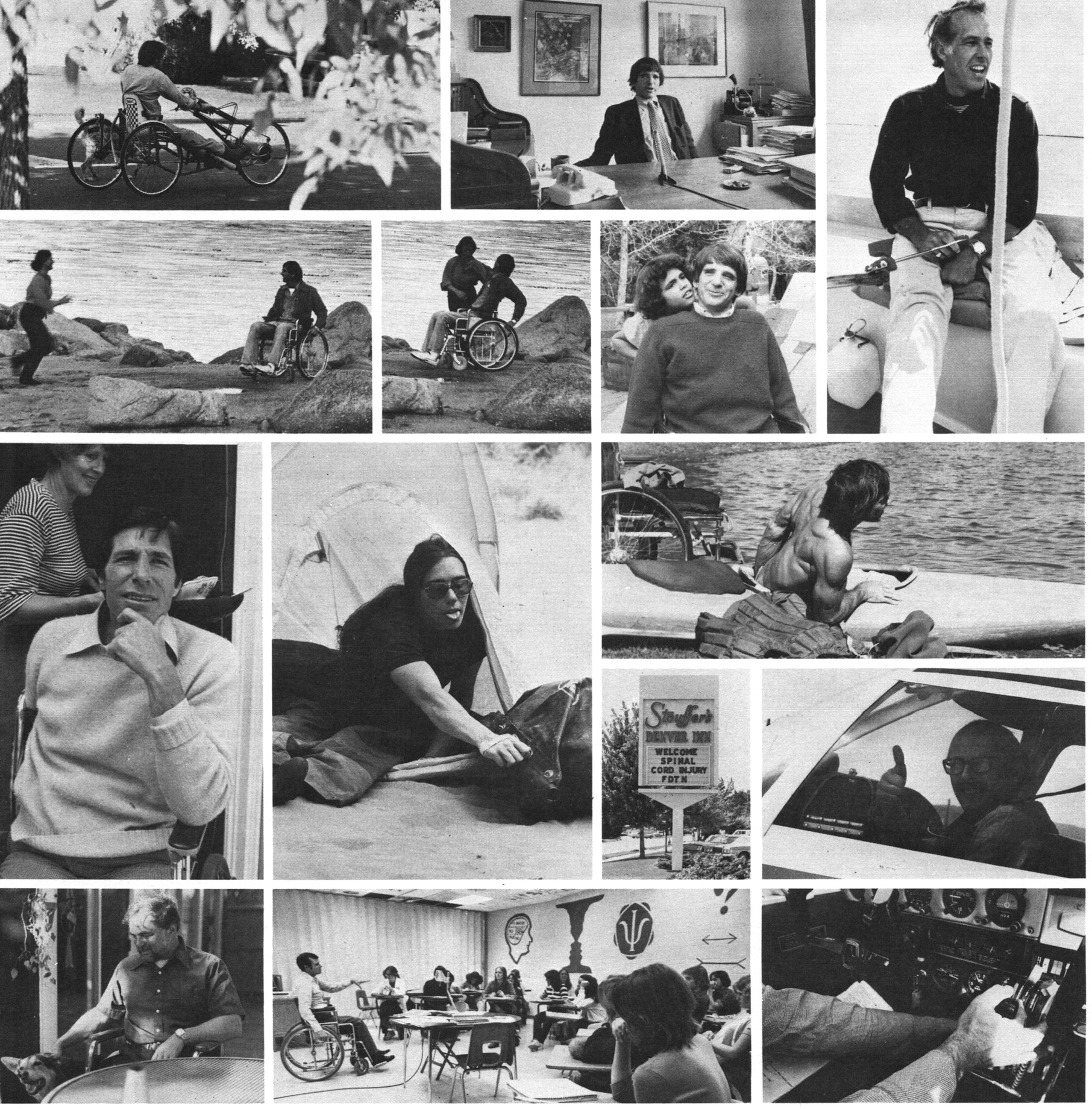A Story#
Once, a person was severely injured. So severely, in fact, that the person suffered motor paralysis and the loss of many body functions normally taken for granted. It was soon discovered that complications such as bladder infections, contractures, pressure sores and spasticity were to be added to these trials. Furthermore, the injured person faced a lifetime in a wheelchair, experienced catastrophic disruption of personality, was extremely fearful of future relationships with family and friends, and had no means of support even though the torrent of hospital and doctor bills failed to reflect this fact. The institution to whose care this person was committed, however, provided all possible care and counsel and then, through a carefully conceived blend of incentive and disincentive, returned a changed person to a new world. The new world, viewed from a new wheelchair, was bewildering.
One dilemma was obvious: to cope or not to cope. To cope meant to work and play and live and love as if nothing had happened. But something had happened. Not to cope meant to refuse responsibility for personal health and welfare, to allow physical and psychological complications to bankrupt rehabilitation. Suicide was even considered, and nobody knew for sure if that was coping or not coping.
All the options seemed lousy.
We are the spinal cord injured. There are hundreds of thousands of us in America, and about ten thousand more every year. Although 82% of us are male, we come from all races, places, ages, occupations, educations and income brackets. We’re all badly hurt, and many of us don’t know what to do about living this way. It’s a very good thing, therefore, that the world is full of people with injuries like ours who have coped, who are glad they are coping, and who give to the human race in full measure for what they take. This book is not only about these people; it is largely by them. This is their book, and it’s for you.

